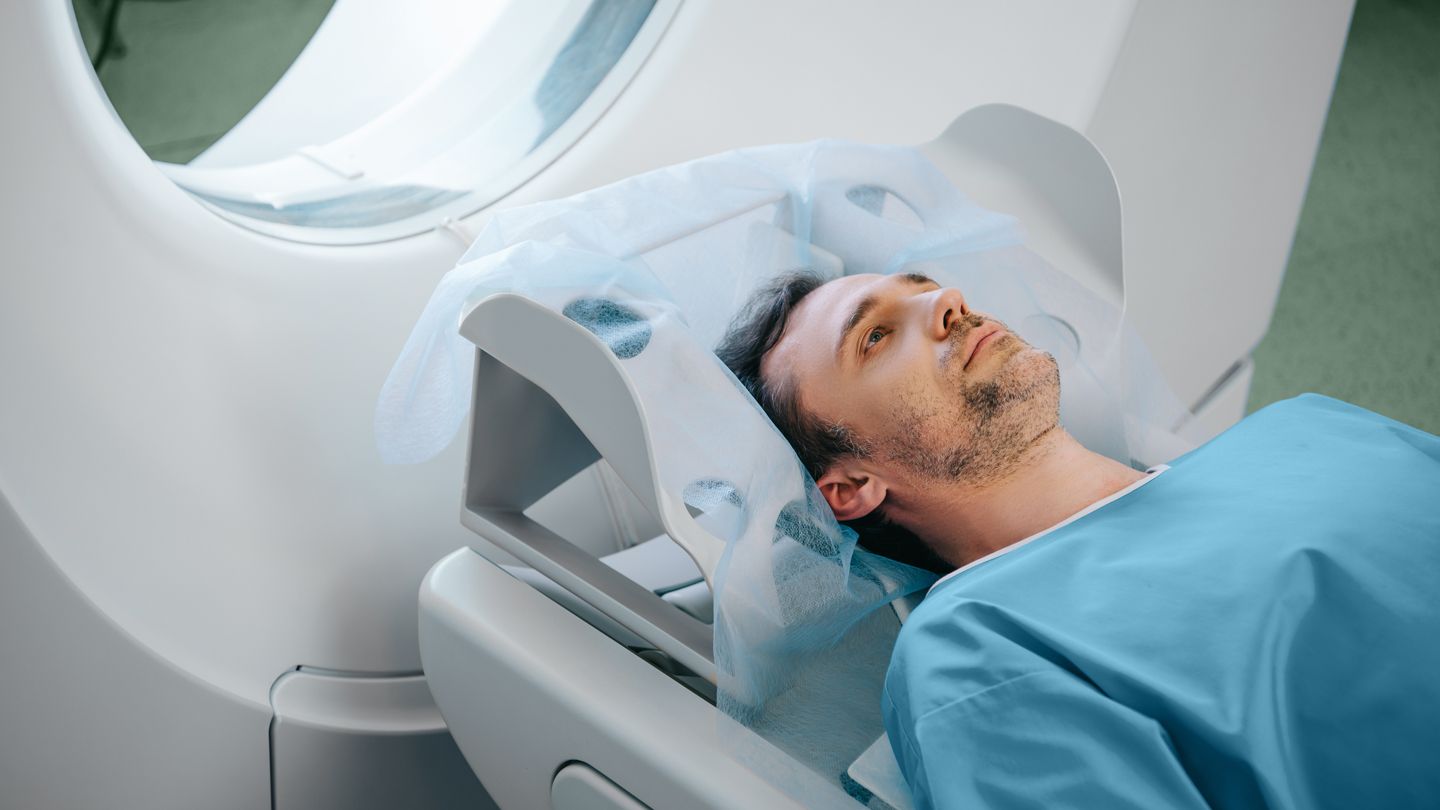A team of researchers came to this conclusion after calculating that radiation exposure from CT scans could eventually cause roughly 5 percent of all new cancers diagnosed in the United States every year.
“While CT scans are very valuable, the potential harms of this type of medical scan are often overlooked,” says Rebecca Smith-Bindman, MD, an epidemiologist at the University of California in San Francisco School of Medicine, who led the research. “It’s seen as a ‘freebie’ — you get the information you need without any harm.”
Why Do Doctors Order CT Scans?
The number of annual CT scans has spiked by 30 percent in the United States since 2007. An estimated 61.5 million people undergo 93 million CT scans in the United States every year, the researchers noted.
In certain cases, particularly when the scans are used to detect or monitor cancer growth, the detail produced by CT scans usually outweighs the risk of radiation exposure.
But in many cases, doctors use CT scans when other tests could suffice, Dr. Smith-Bindman says.
“Those CT scans would be great to reduce, because it wouldn’t affect how someone is treated or our ability to get the information we need,” she says.
CT Risk Calculation Based on Data From Japanese Survivors of Atomic Bombs
To conduct their risk assessment, the researchers first looked at the total number of CT scans people in the United States underwent in 2023. The data included how many times a person was scanned — sometimes doctors need as many as four photos of a single area — and the location scanned, such as the head or the abdomen.
To that data, they applied the Beir VII model, which estimates a person’s cancer risk after radiation exposure.
The Beir VII model is largely based on data from people in Japan who survived the radiation exposure emitted by atomic bomb attacks during World War II. The model also includes data from people exposed to radiation at their jobs, and people who underwent radiation therapy for cancer treatment.
Based on the number and types of scans people underwent in 2023, the researchers estimated that around 103,000 U.S. cancer diagnoses per year could soon be attributed to CT scan radiation exposure.
Should You Ask Your Doctor Whether a CT Scan Is Necessary?
Smith-Bindman says patients should not go into their doctor’s appointments with a clear idea of whether or not they need a CT scan. Instead, they should be informed so they can ask their doctors why a CT scan is truly necessary in their case.
“It’s not that patients should refuse CT scans. It’s that they should engage in conversations with their providers to see if there are instances where an MRI or ultrasound can be used instead, or if the scan can be delayed,” she says.
In cases when scans cannot be delayed and another type of imaging will not be appropriate, Smith-Bindman says people can ask their doctors if they can reduce the amount of radiation a CT scanner puts out.
Doctors Should Make ‘Every Effort’ to Use the Lowest Radiation Necessary for a CT Scan
The amount of radiation required for a CT scan depends on multiple factors, including tissue density, the amount of fat and muscle a person has, and the location being scanned.
Max Wintermark, MD, the chair of the department of neuroradiology at the University of Texas MD Anderson Cancer Center in Houston, says a key principle radiologists are taught in medical school is “ALARA,” which stands for “as low as reasonably achievable.”
“Radiologists take radiation doses extremely seriously,” Dr. Wintermark says. “We make every possible effort to lower the radiation dose to as little as possible, while still allowing us to gather the information we need to collect to help patients.”
The radiation can only be lowered to a point, though.
“You still need to get the diagnosis at the end. If you lower the radiation too much, you still give them radiation exposure but then you don’t have the information you need,” Wintermark says.
CTs Are Useful in Emergency Care
CT scans can be invaluable in cases where people need emergency care, Wintermark says. While a CT scan takes just a couple of minutes, MRIs, which emit no radiation, take about 40 minutes, Witnermark says.
“When you have, for instance, a patient who has been involved in a very serious car accident, there are some injuries that can result in death quickly, so being able to get that scan quickly is important. Any delay in getting those images could result in losing the patient’s life,” he says.
The same is true for people who arrive at the emergency room with a suspected stroke, which requires immediate care. A CT scan gives quick information doctors can use to determine what interventions they can safely and effectively use on that patient.
For nonemergency scans, Wintermark says it’s reasonable to ask your healthcare provider for clarification about why a CT scan is being done.
Read the full article here




